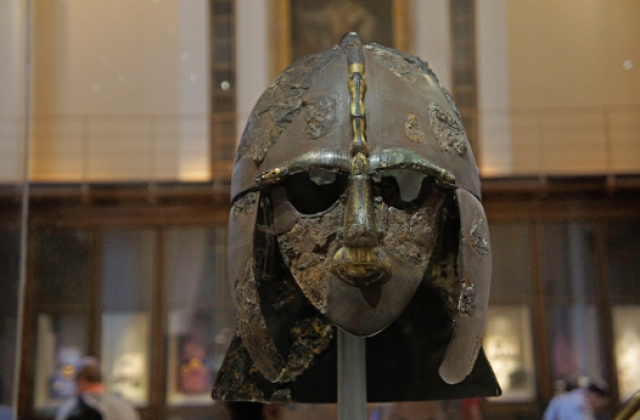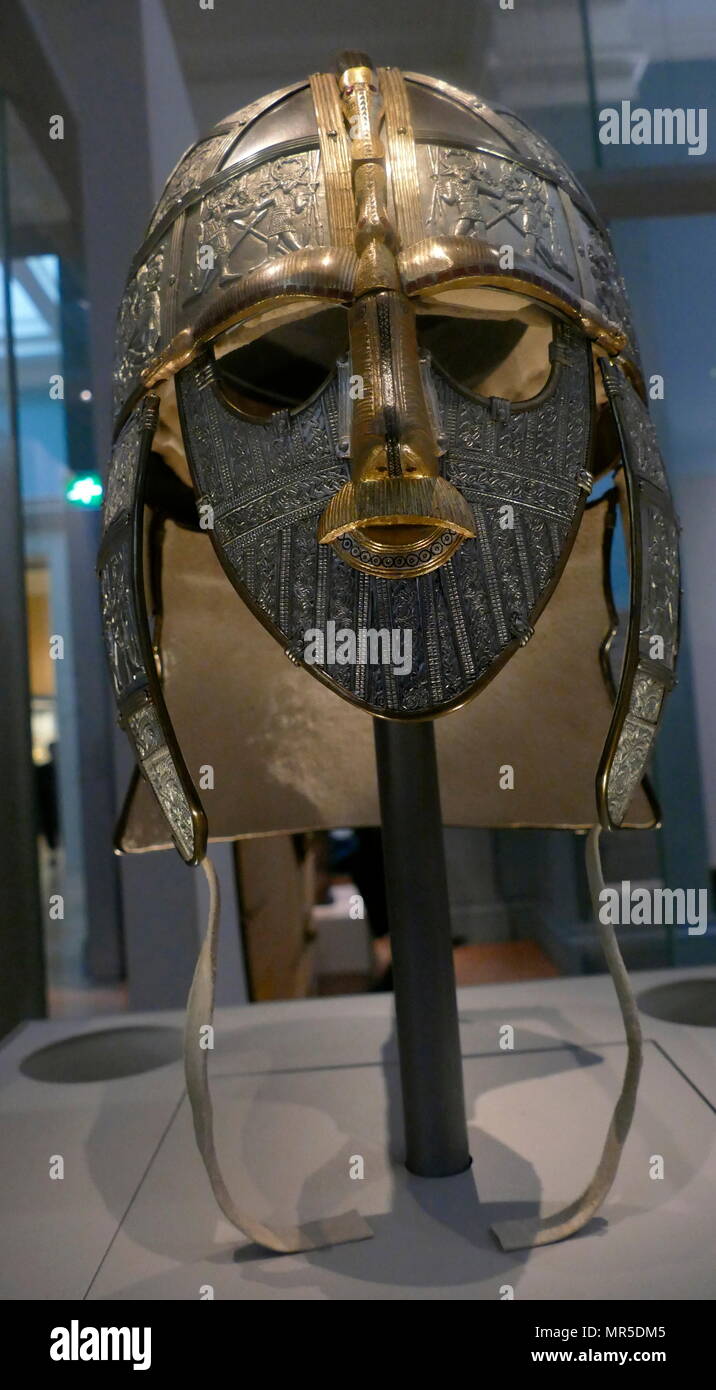

Just like when Gandalf in The Lord of the Rings fought the demon known as a Balrog on the Bridge of Khazad-Dûm. If the spell is cast subjectively it will protect the wearer with a magical shield. This can be achieved with the use of two different methods subjectively or objectively.” Flowers, “the symbol does not just protect the head of the wearer, but, instead, it protects the entire being. We have to stop thinking about the helm of awe as just a symbol to be drawn onto the forehead because it is more than that, it is a spell that can be used as protection.Īccording to Stephen E. (Galdrabók, p 122) Helm of Awe is a magic spell It was associated with the power of serpents to paralyze their prey before striking (hence, the connection with Fafnir).” – Stephen E. “This helm of awe was originally a kind of sphere of magical power to strike fear into the enemy. It is very interesting that it could be seen as a covering, and it also makes a lot more sense because why would a serpent wear a helmet as protection? The scales of the serpent are armor in itself. The spelling regir is explicable as an ablaut, llgir >’6gir >’regir (in later Proto-Germanic).” – Stephen E. “The first part of the word, ægis- (possessive form from ægir, “terror”) is derived from Proto-Indo-European ‘agh-es> Proto-Germanic ‘egis- > Gothic aigis > Old English egesa and ege (hence, our modem “awe”), and > ON agi, all meaning terror.

Therefore, the whole formula would signify a “covering of awe or terror”. Flowers, “It seems to have been symbolized as an actual helmet however, it originally meant simply “covering”, which is the oldest sense of the term “helm”. This is the point where I want to introduce you to Professor Stephen Edred Flowers who is a renowned scholar, runologist, a proponent of Ásatrú, and an author of dozens of books, for instance, the book called Icelandic Magic: Practical Secrets of the Northern Grimoires, which I have used a lot for the following part of the article, and a book that I highly recommend.Īccording to Stephen E. I have already made an article about the origin of Vegvisir, so I wont go into more details about that symbol. Many of these rune spells would later be used in the Huld manuscript, which is probably the most known collection of spells because among them there is the famous Vegvisir symbol. Many people were Pagans long after the Viking Age ended, and it took generations to convert them. But I will point out that this is another example of the blending of cultures. I won’t go into detail on these, since they are heavily blended with Christendom. There are also other manuscripts, for instance, the manuscript called AM 434 a, or the Icelandic dark magic book from the 1500s that has both a description and an image of the symbol. “ Ægishjálmr, it must be made in lead and printed on one’s forehead when a man has an expectation that he might meet his enemy and you will overcome him.” – Translation by Dr. The symbol Ægishjálmr is depicted on page 11r, where it is described as. This manuscript is called Lbs 143 8vo, and it was compiled in the mid-1600s.

Jackson Crawford has said and I quote, “it seems to be some kind of actual physical helmet, and yet today what is famous under the name Ægishjálmr is not some kind of physical helmet that you put on your head but a symbol that comes from a much later manuscript.” The helm of awe could have been an actual helm, because Sigurd, the one who defeated Fafnir and took the treasure, did also take the helm as part of the hoard. It should be said while the name Ægishjálmr is mentioned, there is no depiction of the symbol in this or any of the Norse sagas. This stanza tells us that there was something called the helm of awe, that not only boosted the confidence of the wearer but also made them feel incredibly strong “I thought myself stronger than all”. I thought myself stronger than all, I did not meet many men. In Fáfnismál, stanza 16, it is written: I carried a helmet of the frightener, Ægishjálmr, among men while I laid upon the treasures. The oldest attestation of the symbol that we know of is in the poem Fáfnismál from the Poetic Edda.


 0 kommentar(er)
0 kommentar(er)
